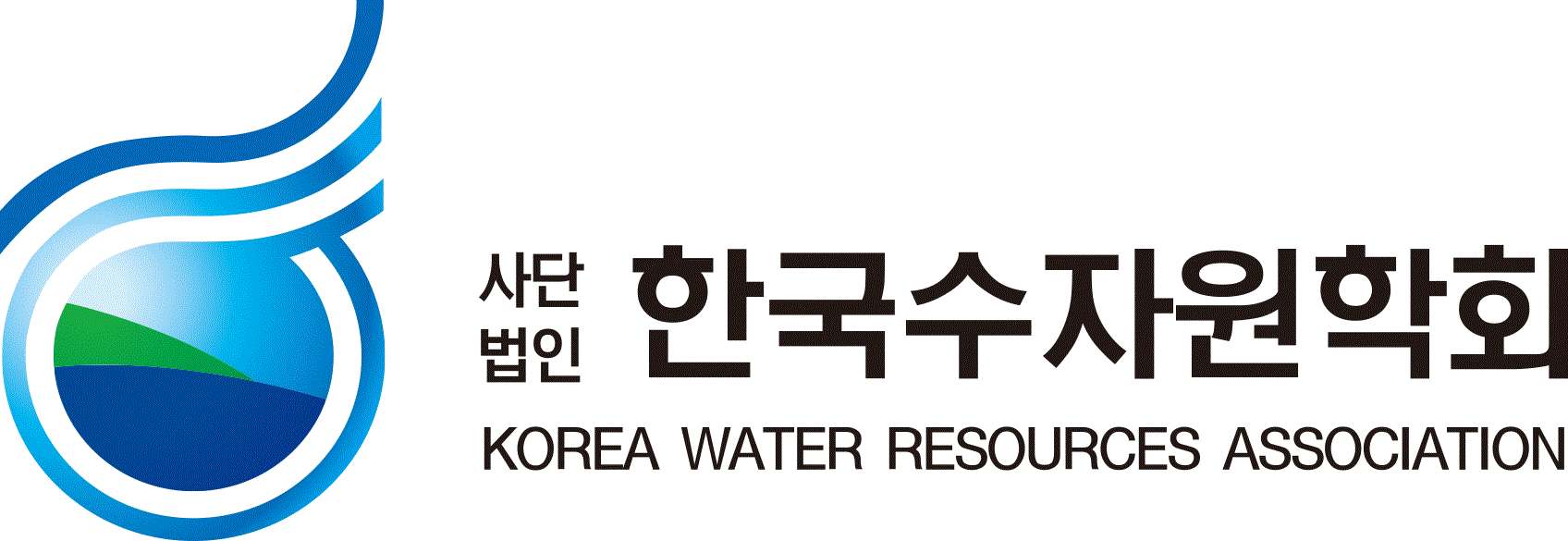- 홈
- 문헌정보
- 논문집
문헌정보
논문집
- 저자명
- 김세훈;정충길;장원진;김성준
- 발행사
- 한국수자원학회
- 수록사항
- 한국수자원학회논문집, Vol.52 No.1(2019-01)
- 페이지
- 시작페이지(21)
- ISSN
- 1226-6280
This study performed to simulate the watershed storm runoff using data of S-band dual-polarization radar rain, GPM (Global Precipitation Mission) satellite rain, and observed rainfall at 21 ground stations operated by KMA (Korea Meteorological Administration) respectively. For the 3 water level gauge stations (Sancheong, Changchon, and Namgang) of NamgangDam watershed (2,293 km2), the KIMSTORM2 (KIneMatic wave STOrm Runoff Model2) was applied and calibrated with parameters of initial soil moisture contents, Manning’s roughness of overland and stream to the event of typhoon CHABA (82 mm in watershed aveprage) in 5th October 2016. The radar and GPM data was corrected with CM (Conditional Merging) method such as CM-corrected Radar and CM-corrected GPM. The CM has been used for accurate rainfall estimation in water resources and meteorological field and the method combined measured ground rainfall and spatial data such as radar and satellite images by the kriging interpolation technique. For the CM-corrected Radar and CM-corrected GPM data application, the determination coefficient (R2) was 0.96 respectively. The Nash-Sutcliffe efficiency (NSE) was 0.96 and the Volume Conservation Index (VCI) was 1.03 respectively. The CM-corrected data of Radar and GPM showed good results for the CHABA peak runoff and runoff volume simulation and improved all of R2, NSE, and VCI comparing with the original data application. Thus, we need to use and apply the radar and satellite data to monitor the flood within the watershed.



